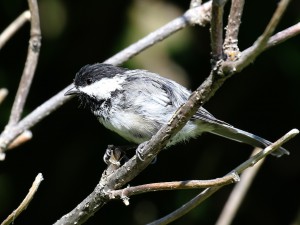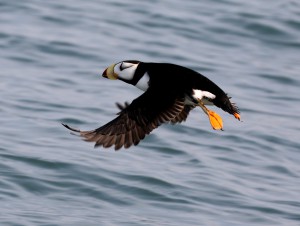Has mankind really driven the planet to the edge of a catastrophic crash of life? Is greed blinding us to what is right in front of our faces? Some would say maybe these claims are a little too reactionary. Okay, so a bit of Florida gets wet, and maybe some people will have to move inland. Can’t science just come up with new technologies to solve the dilemmas we face? Does industry just need to develop a practical and economical electric car? What would happen if we just did “business as usual”? The claims of doom are a bit extreme and, if we accept them at face value, they are really inconvenient to living our lives. What is science telling us about what is happening right now, what we face in the very near future, and what can be done to avoid it?
Earth really is exceptional. From our naturalist point of view, this planet’s life is unimaginably beautiful and breath-takingly diverse. But it doesn’t take a genius to see that Earth’s abundance and diversity is disappearing. There is a point at which this decline becomes mass extinction, and that point is much closer than you may think. Our own survival is indeed inextricably tied to the health of our world. If we expect science to save us, then we need to listen to what science is telling us. Continue reading










